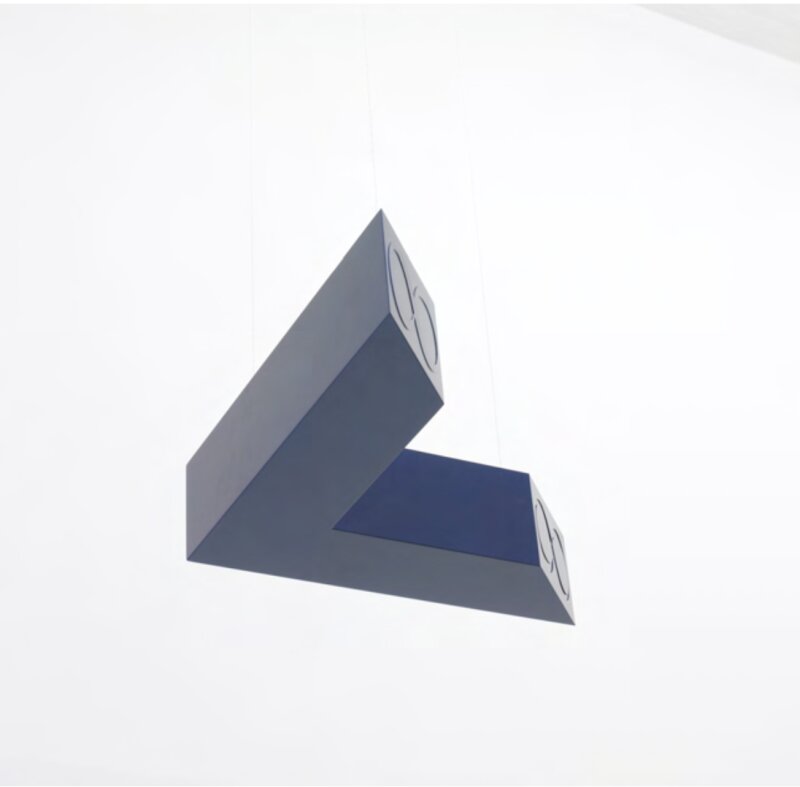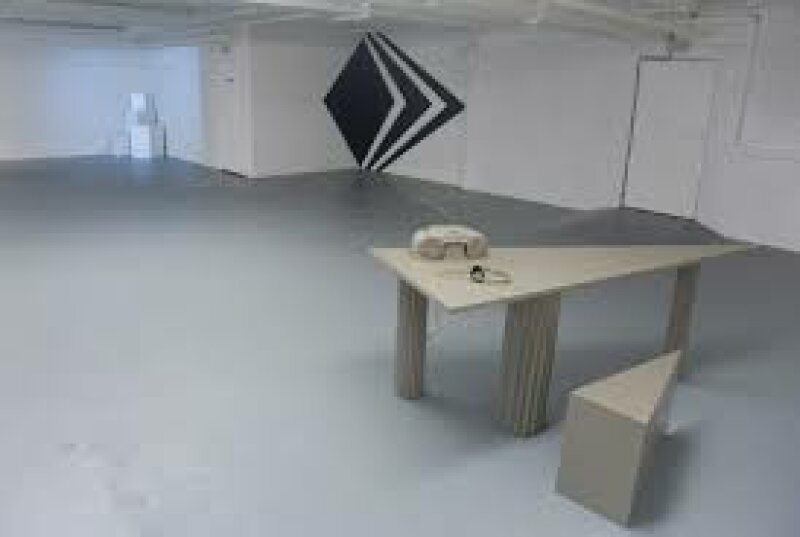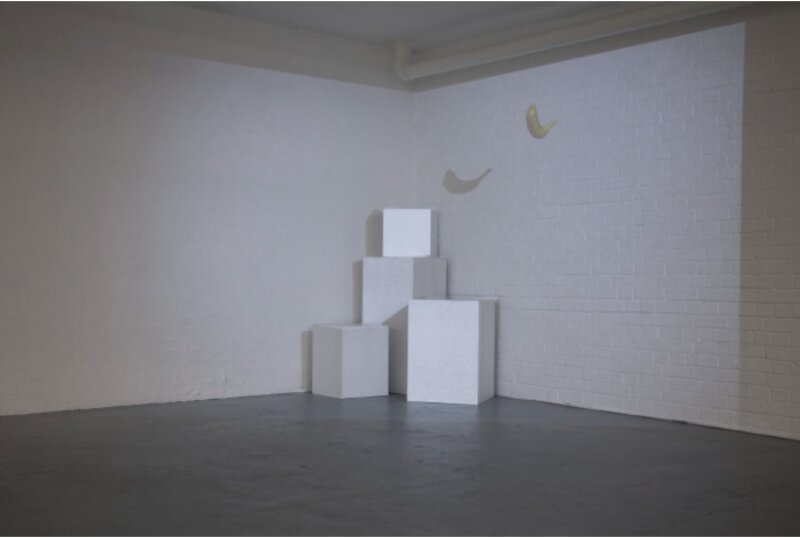Cornered Rooms
2 September - 17 October 2010
Waterside Project Space
8 Waterside, 44-48 Wharf Rd
London N1 7UX
2 September - 17 October 2010
Waterside Project Space
8 Waterside, 44-48 Wharf Rd
London N1 7UX

How do you corner a room? What defines a room? A corner? What happens when a person is trapped or cornered into a corner? These questions within the context of anxiety are of interest for the exhibition project entitled “Cornered Rooms”. The project is about an awkward feeling of walls caving in. What happens at this point of intersection of two converging lines? How is time and space experienced? The situation concerns an individual between two ninety-degree angles while inside a room of a building. How does he or she confront the possibility of no escape?
Juxtapose a situation of no escape against contemporary architecture’s preoccupation with ‘exit situations’. Rather than welcoming ‘entry situations’, exit spaces and escape routes have since 9/11 and the competition for Ground Zero become increasingly important.1 Buildings codes of escape route codifications predominating corridors arise after catastrophes.2 ‘Exit architecture’ as defined by Stephan Trüby in his book “Exit – Architecture Design Between War and Peace”, 2008 is a key text for this project. The book provides a backdrop to work from. Stephan Trüby asks, “What is the best way to leave architecture behind you?”3 ‘Exit architecture’ is not a roof of safety but a building construction to flee from. If the new normal is insecurity a culture marked by risk and fear, the corner is claustrophobic and provides no means for escape. The corner may serve as a metaphor for our social condition. This could offer one possible starting point for this project. If buildings transform and shape us, where and how does the corner position us? How can the cornering of a room trigger transformation? What could happen next using experimentation and intuition? Can this particular space of experience create a positive exchange for reflection?
“Cornered Rooms” seeks to cross-reference disciplines among discursive levels. The project asks how can we occupy space in new and abstract ways? How can we return to the ‘corner’ formerly known as the corner of refuge and of prized immobility?4
Coinciding with Frieze, the seminar "Poetic Corners" will take place featuring Stephan Trüby, Alice Gavin, Elia Ntaousani, and a performance by Elizabeth Guthrie.
Press Art Monthly
https://cdn.alpa.online/85/art-monthly-october-2010.pdf
1 Stephan Trüby, Exit – Architecture Design Between War and Peace, trans. Robert Payne, (Wien: Springer, 2008), p. 25.
2 Ibid, p. 47.
3 Ibid, p. 25.
4 Gaston Bachelard, ‘Corners’, in The Poetics of Space. The Classical Look at How we Experience Intimate Places, 2nd ed. trans. Maria Jolas, (Boston: Beacon Press, 1994), p. 137.



